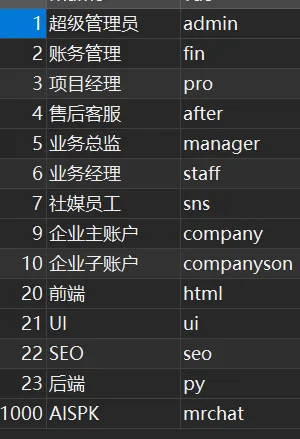



15 sodium hydroxide
Understanding 15% Sodium Hydroxide Properties, Uses, and Safety Measures
Sodium hydroxide, commonly known as lye or caustic soda, is a highly versatile chemical with a wide array of applications across various industries. Among its different concentrations, a 15% sodium hydroxide solution serves as an important resource in numerous laboratory and industrial processes. In this article, we will delve into the properties, applications, and safety considerations related to 15% sodium hydroxide.
Properties of 15% Sodium Hydroxide
Sodium hydroxide (NaOH) is an ionic compound that consists of sodium ions (Na+) and hydroxide ions (OH-). When dissolved in water, sodium hydroxide dissociates completely, making the solution highly alkaline. A 15% sodium hydroxide solution contains 15 grams of NaOH in every 100 milliliters of water, resulting in a concentration of 0.375 moles per liter (M).
This moderately concentrated solution retains some of the physical properties of solid sodium hydroxide, such as being hygroscopic (absorbing moisture from the air) and having a high degree of reactivity. It has a pH level significantly above 7, often reaching values around 13. As such, it can effectively neutralize acids, making it a valuable reagent in numerous chemical processes.
Applications of 15% Sodium Hydroxide
The 15% concentration of sodium hydroxide is particularly common in various applications, including
1. Chemical Manufacturing Sodium hydroxide is a key ingredient in the production of a wide range of chemicals, including synthetic detergents, plastics, and textiles. In particular, it is used in the saponification process to produce soap.
2. Food Industry In the food industry, a 15% sodium hydroxide solution is used for pH adjustment and in processes such as peeling fruits and vegetables, where it assists in loosening the skins. It is also used in curing olives and making lye-cured foods.
3. Water Treatment This solution can help in the treatment of wastewater by neutralizing acidic pollutants, thus helping to restore the pH balance of water bodies. It is also used in the regeneration of ion exchange resins.
15 sodium hydroxide

4. Cleaning Agents The high alkalinity of sodium hydroxide makes it an effective cleaning agent for removing grease, oils, and other organic deposits. Many industrial cleaning products contain sodium hydroxide for this purpose.
5. Laboratory Uses In laboratories, a 15% sodium hydroxide solution is utilized as a reagent in various analytical methods, including titrations and pH adjustments, enabling precise quantitative analysis.
Safety Measures
Despite its beneficial applications, sodium hydroxide is a highly caustic substance that requires careful handling. The following safety measures should be observed
- Personal Protective Equipment (PPE) When working with sodium hydroxide, individuals must wear appropriate PPE, including gloves, goggles, and lab coats, to protect the skin and eyes from potential splashes.
- Proper Storage Sodium hydroxide should be stored in tightly sealed containers made of materials that do not react with it, such as polyethylene or glass. The storage area should be dry, cool, and well-ventilated to minimize humidity absorption.
- Emergency Procedures In case of skin contact, the affected area should be flushed with copious amounts of water for at least 15 minutes. If sodium hydroxide comes into contact with the eyes, immediate medical attention should be sought. It is crucial to have an eyewash station and safety shower accessible in workplaces where sodium hydroxide is used.
- Spill Management In the event of a spill, sodium hydroxide should be neutralized with an acid, such as acetic acid, before cleaning up the area. Appropriate spill kits should be readily available in workplaces to ensure a quick and safe response.
Conclusion
A 15% sodium hydroxide solution is a powerful and useful tool in various industrial and laboratory applications, from chemical manufacturing to food processing. However, its caustic nature necessitates stringent safety measures to prevent accidents and ensure safe handling. Understanding both its practical uses and potential hazards is essential for anyone working with this potent chemical. As always, proper training and adherence to safety procedures can mitigate risks and promote a safe working environment.
-
Why Sodium Persulfate Is Everywhere NowNewsJul.07,2025
-
Why Polyacrylamide Is in High DemandNewsJul.07,2025
-
Understanding Paint Chemicals and Their ApplicationsNewsJul.07,2025
-
Smart Use Of Mining ChemicalsNewsJul.07,2025
-
Practical Uses of Potassium MonopersulfateNewsJul.07,2025
-
Agrochemicals In Real FarmingNewsJul.07,2025
-
Sodium Chlorite Hot UsesNewsJul.01,2025










